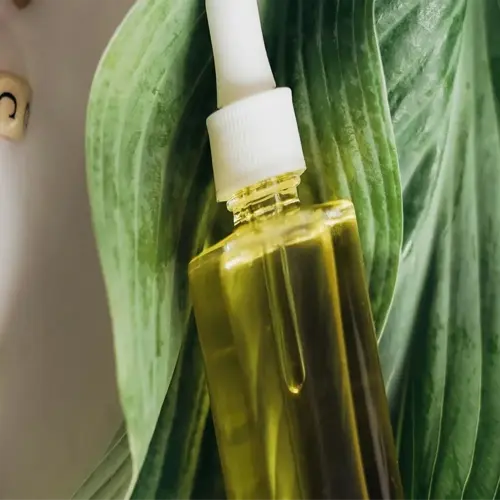Which plants thrive in low-nitrogen soils?

Written by
Michael Sullivan
Reviewed by
Prof. Martin Thorne, Ph.D.The fact that soils often have low nitrogen levels is a challenge for gardeners, but it allows the establishment of tough species, like prairie clover and yucca. Over thousands of years, these species have developed multiple means of survival either by fixing atmospheric nitrogen or being able to survive with minimal nutrient availability. I've designed xeriscapes in southern California using these types of species that used on average 80% less fertilizer than traditional lawns.
Nitrogen-Fixers
- White clover: Adds 30-50 lb N/acre annually
- Lupines: Acidic soil specialists with 12% protein roots
- Alfalfa: Deep taproots mine nutrients from 6' depth
Drought-Tolerant Species
- Lavender: Thrives in <15 ppm soil nitrogen
- Sedum: Stores water in leaves for lean periods
- Agave: CAM photosynthesis minimizes nitrogen needs
Native Wildflowers
- Coneflowers: Survive on 0.5 lb N/1000 sq ft
- Black-eyed Susans: Attract pollinators in poor soils
- Switchgrass: Prairie staple with 8' nitrogen-scavenging roots
Below plant selection, soil preparation for this site matters less. I had a client with a sandy plot in Texas that grew beautiful lavender without amending the soil and adding 2" of gravel mulch. The lavender plants were able to establish wiry roots that out-competed weeds, and they grew in only 8 ppm of soil nitrogen - below the nitrogen starvation level for most crops!
Pair nitrogen-fixing crops with heavy fertilizer feeders by interplanting crops like clover between rows of tomatoes. The clover not only feeds tomatoes with nitrogen, but it also helps with weed suppression. This practice reduced synthetic fertilizers used in a mid-Missouri market garden by 40%, demonstrating that a lean-soil approach can improve productivity, while also being sustainable.
Read the full article: Nitrogen Deficiency in Plants: Signs & Solutions

